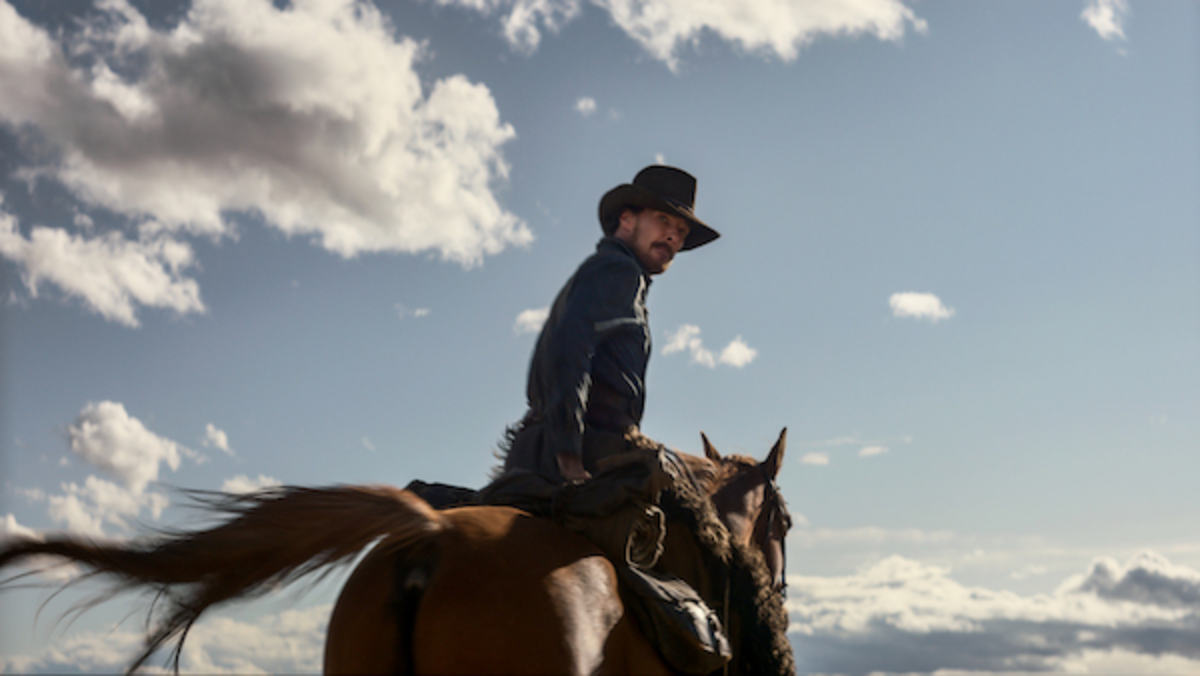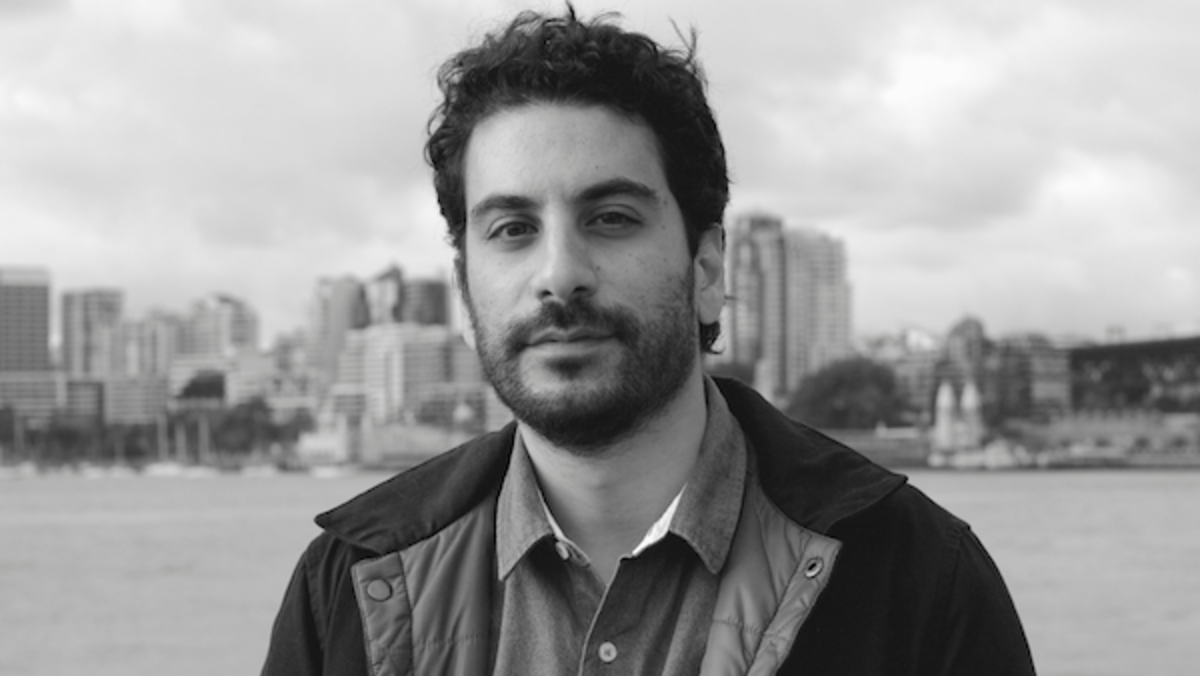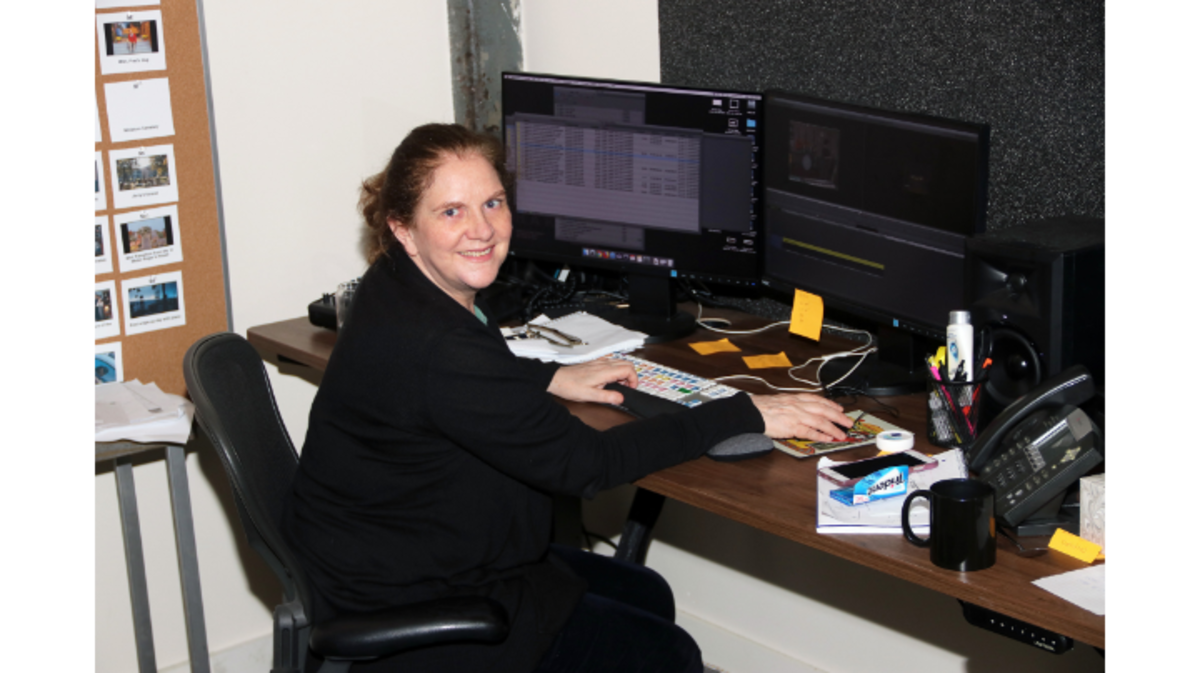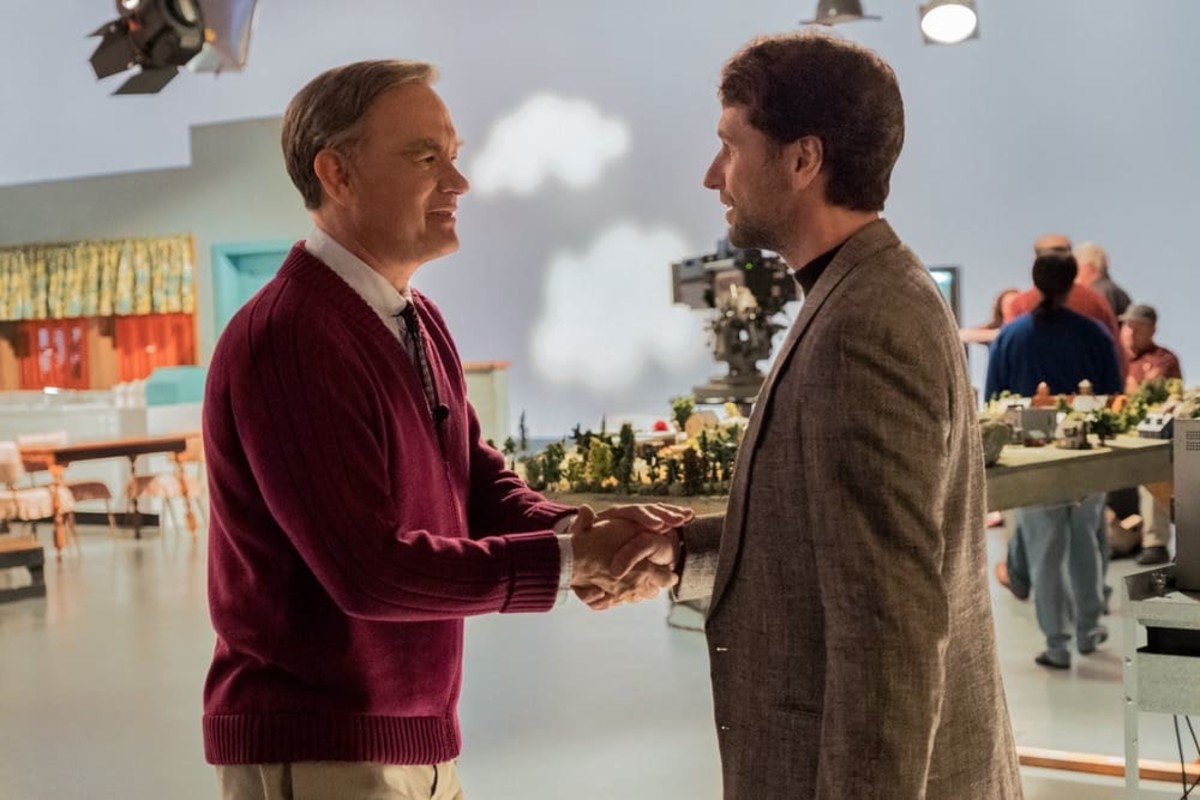Script contributor Susan Kouguell interviews Australian film editor Peter Sciberras about carefully sustaining and building tension throughout the film, while still highlighting the complexity and surprises built into the characters and the story.
SUSAN KOUGUELL
JAN 26, 2022

The multi-award-winning The Power of the Dog now playing on Netflix, centers on charismatic rancher Phil Burbank who inspires fear and awe in those around him. When his brother brings home a new wife and her son, Phil torments them until he finds himself exposed to the possibility of love.
In my interview with Australian film editor Peter Sciberras we talked about carefully sustaining and building tension throughout the film, while still highlighting the complexity and surprises built into the characters and the story.
Peter Sciberras’s feature film debut HAIL (dir. Amiel Courtin-Wilson) was selected to play in competition at the 2011 Venice International Film Festival. That same year, the short film MEATHEAD (dir. Sam Holst) gained selection in the Cannes Film Festival, and was also awarded the Crystal Bear for Best Short Film at the Berlin International Film Festival. Peter’s feature film collaboration with David Michôd has spanned three films: THE ROVER, which premiered at Cannes Film Festival in 2014; WAR MACHINE, starring Brad Pitt, which premiered on Netflix in 2017 and THE KING, which premiered at Venice International Film Festival and was nominated for best editing at the Australian Academy of Cinema and Television in 2019.

KOUGUELL: Tell me about your collaboration with Campion.
SCIBERRAS: I never met Jane before this film. Jane likes to be in the editing room, which I like too. I like to be with directors as much as possible, to get a sense of their particular vision and the atmosphere they invoke. Watching the dailies with Jane, I was soaking in as much as possible — what she liked and what wasn’t there for her. It’s interesting finding how your perspective aligns with the director and making the film they want to make as opposed to what you thought they wanted to make.
That’s the beauty of being in the room together; when you have one idea, and it builds from there in a constant stream of thought. It was such a pleasure to work with someone who is so confident with their vision. And it was incredibly fun.
KOUGUELL: When you signed onto the project had you read the original novel by Thomas Savage?
SCIBERRAS: I had never heard of the novel. I make a point not to know the source material prior to editing, so as not to fill in ideas from the source material. I know what Jane added and her memory of the book and her version of the script.
[Interview with ‘tick, tick…BOOM!’ Screenwriter Steven Levenson]
KOUGUELL: You mentioned solving some of the challenges in the script and changes that were made from the script to the film.
SCIBERRAS: Some characters were introduced quite late and then they disappear for half the script. There was a lot of balancing and identifying how to bring them in and then deciding how much we can get away with. For example, with Phil he’s not in it for a long time and the challenge was keeping that tension building without losing Phil’s presence.
KOUGUELL: The scenes of the vast landscape with the cowboys reminded me, in terms of the tension and atmosphere, of Campion’s film SWEETIE specifically with the landscapes in the outback and the (Australian) cowboys – the jackaroos – dancing.
SCIBERRAS: Jane feels landscape in a particular way; when it comes to filmmaking, she’s very attuned to landscape and very aware of the atmosphere that’s evoked.
With the long panning shot over the hill, we wanted something that had a certain atmosphere and it had a beauty and sensuality with the shapes and shadows hidden in the landscape. Having those conversations with Jane I was very aware of how she sees the world, and how those things permeate every scene, and how attune she is to nature.
KOUGUELL: The tension between Peter and Phil is palpable and continues to escalate as the film unfolds. Let’s talk about that cigarette scene.
SCIBERRAS: The intimate sharing of the rolled cigarette between Peter – who rolls it ‘to be like’ Phil, Kodi (Peter’s character) was so terrific there; the boy’s taken over and the boy is commanding this scene.
KOUGUELL: It was a shift of power between the two characters.
SCIBERRAS: Yes. And cutting to the horses with Peter; the horses had witnessed something we (the audience) hadn’t seen. It was a moment to get a bit more abstract and lyrical and hopefully transport the audience and give the moment some space to live.
[INTERVIEW: ‘Son of the South’ Writer/Director Barry Alexander Brown]
KOUGUELL: The film’s pacing has a distinct rhythm.
SCIBERRAS: As an editor watching dailies and watching performances, you feel the pace the director was working at. It felt really clear to me. The film wanted to be really patient, and I felt that Jane set that up with Ari Wegner the DP. A lot of the pace comes from that, and hopefully the elegance and simplicity.
Weirdly when watching it, I was thinking of Hitchcock; that clear communication of framing, maybe there is something of that. Jane never mentioned that psychological reference with Hitchcock.
KOUGUELL: The film is broken into five chapters. The chapter cards were not in the script.
SCIBERRAS: Right. The chapters were not there to begin with. It was a big part of the edit. With the addition of the chapters, you were left with a question and a cliffhanger moment. In the script it was a fade to black. The chapters allowed us to leave you with a moment of anticipation. It was an interesting shift in the way the film moved, and it allowed us to cut it shorter as opposed to a soft transition.
KOUGUELL: Let’s talk about building tension and intimacy in scenes, and the importance of not being mysterious just to be mysterious in the scenes with Peter and Phil.
SCIBERRAS: All of Peter and Phil’s scenes were fun to cut. Their long lingering looks and a side glance – when you have such great performances it’s exciting. In their scenes, you don’t know what the characters are thinking, and you don’t know where the tension is coming from. Can you trust these people? The ambiguity, tension, and questioning their intentions.
KOUGUELL: Those lingering looks built the tension between these two characters and easily could have been seen as pretentious but it was not.
SCIBERRAS: Jane wants everything to resonate. She has a great compass for that reality, that’s why she can play in that world without it becoming pretentious; it’s very real and raw human. But she has very exciting high concept ideas that she executes and it’s that combination that live in her work and makes her work both accessible and layered. She’s brilliant on that level.
KOUGUELL: Some scenes were omitted and rearranged from the script.
SCIBERRAS: There was a lot of omitting around the start of every chapter.
The first act was tricky, you want to get to the Red Mill quickly where Rose and Peter are introduced, but you need to set up the brothers and how they communicate, and we need to tell backstory. It was a tricky dance to get the right feeling. The brothers have been this way for a really long time and one of them has had enough and he’s not all the way there yet.
The opening of the script opened the same as the book with the castration of the cow. We restructured that scene and put it later when Peter arrives at the ranch. With this cut, it gave it this kind of energy, foreboding and signaling what is going to happen with this boy.
KOUGUELL: The film successfully establishes characters’ relationships and back story without exposition and reveals critical information at just the right moments.
SCIBERRAS: We didn’t want to show too much too quickly. For example, with the magazines in the cubby that are discovered, we wanted the audience to slowly learn what was going on. It felt reductive the way it was originally in the script and we didn’t want the audience to say, that’s why Phil is the way he is.
We also cut the saddle scene. We loved the internal work when Phil’s with his objects of admiration and love, and we wanted to continue that feeling. Jane came up with the idea to have Phil swimming and that was a key restructure, and to have him floating like a crocodile.
KOUGUELL: Advice for our readers?
SCIBERRAS: For editors, understanding the story you’re telling and being free to explore, to create a space with a director to go deep and create a safe place where nothing is off-limits leads to interesting avenues and solutions to problems.
For writers, editors and filmmakers, persistence is everything. It is the key. Good ideas will come but stick to it. Honing intuition is a key thing as well. Allowing yourself to feel the story, and immerse yourself in the characters, understanding the story from the inside and finding the best way to tell it.
The Power of the Dog is now available to watch on Netflix.

